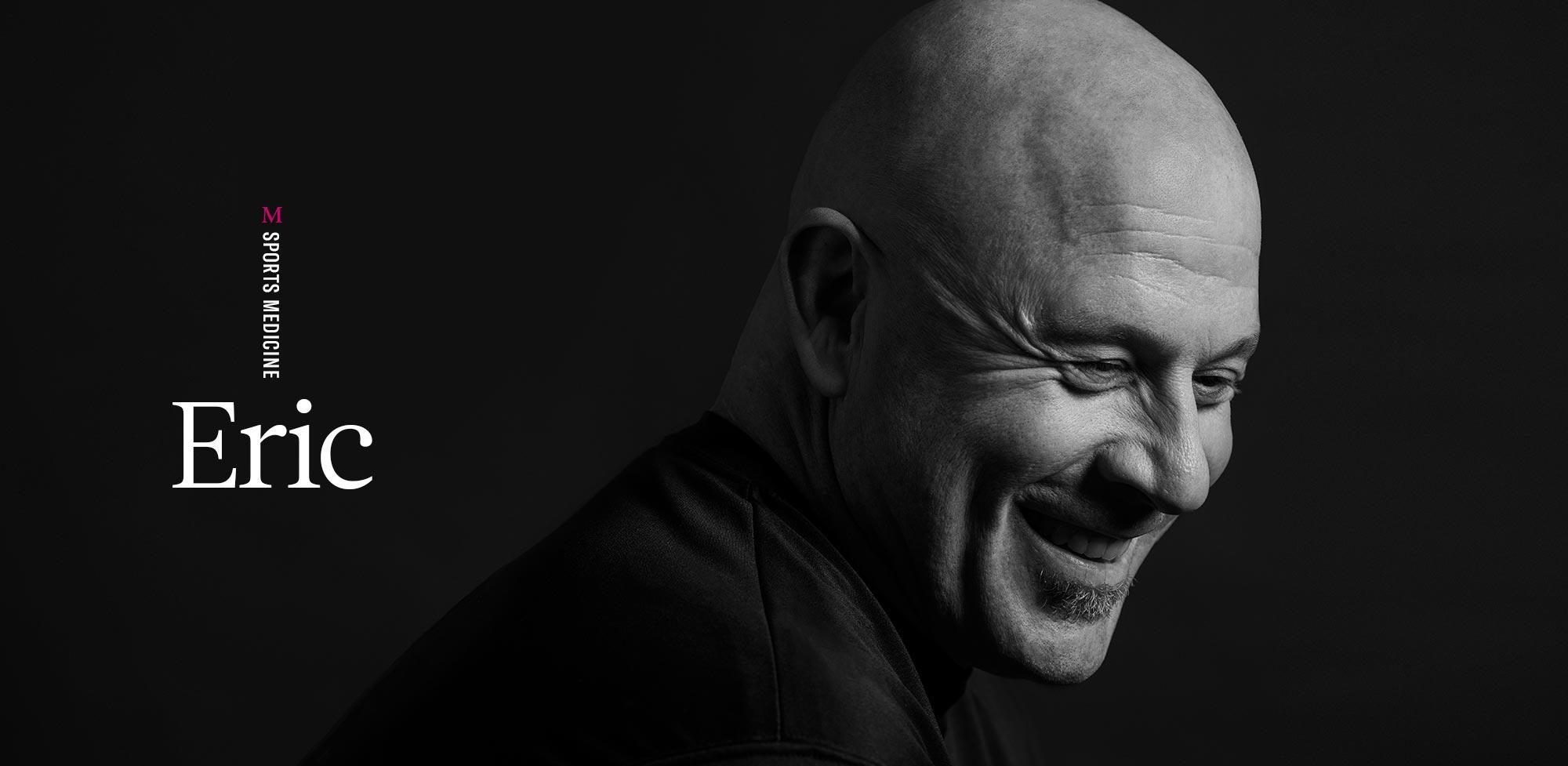Conditions We Treat
Montefiore treats a vast spectrum of conditions, a selection of which you will find listed below. In addition to these, we have experience treating many other conditions. Please contact us to schedule a consultation to review and discuss your specific healthcare needs.
Some Common Conditions
- Anterior cruciate ligament (ACL) tears
- Posterior cruciate ligament (PCL) tears
- Medial collateral ligament (MCL) tears
- Lateral collateral ligament (LCL) sprains
- Meniscus tears
- Patellar (kneecap) disorders, including instability (dislocations) and overload
- Cartilage lesions
- Shoulder instability (dislocations)
- Rotator cuff tears
- Labral tears
- Bursitis and tendinitis
- Frozen shoulder (adhesive capsulitis)
- Fractures
- Tennis and golfer’s elbow
- Arthritic conditions
- Nerve injuries and disorders


















